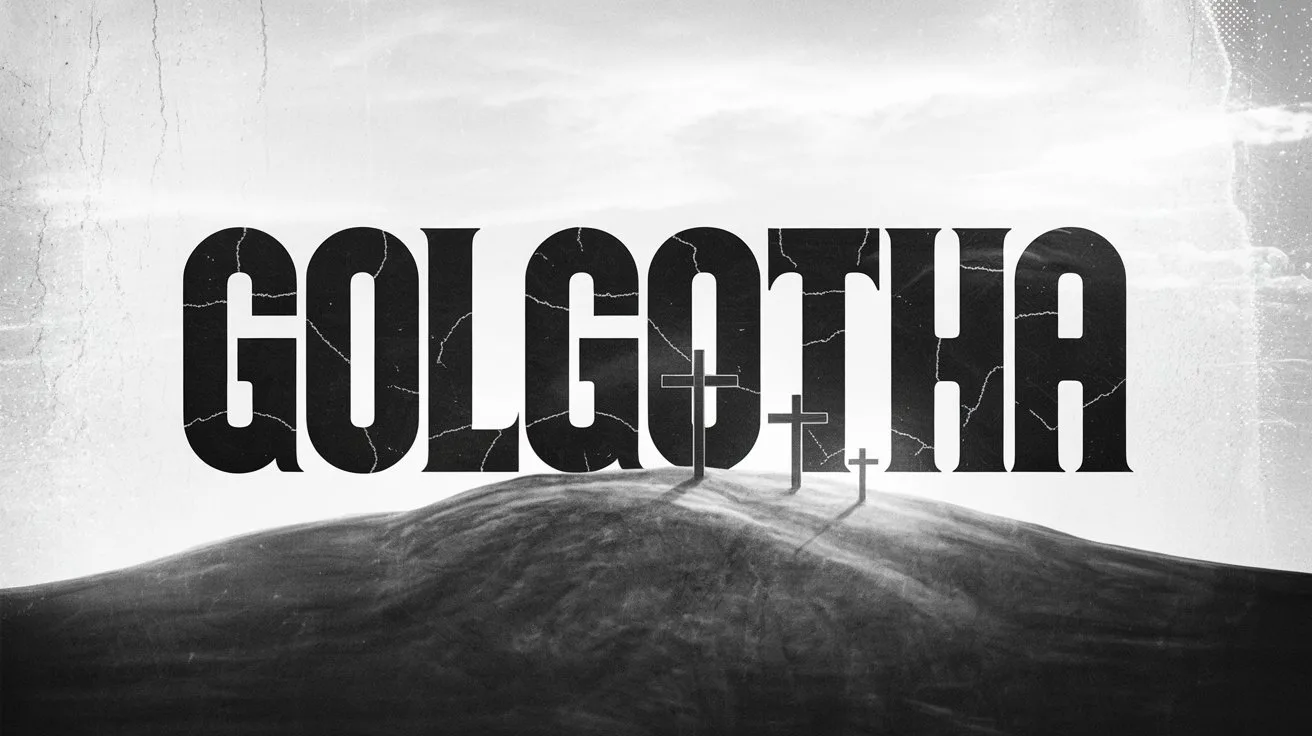The Bible places Golgotha (the “Place of the Skull”) just outside Jerusalem’s walls in the first century context, but its name, meaning, and significance invite deeper reflection. Let’s walk through the Gospel accounts, understand why it’s called Golgotha, and explore the meaning behind its location for believers today.
Golgotha Defined by Meaning and Proximity
Each Gospel refers to “Golgotha” by name, translated for readers to understand its meaning:
“Then they brought Him to the place called Golgotha, that is to say, Place of a Skull” (Matthew 27:33; Mark 15:22; John 19:17).
Luke doesn’t use the name Golgotha but refers to “the place called Skull” (Luke 23:33). All accounts agree it is *just outside* the city walls (John 19:20; Hebrews 13:12–13).
Proximity to Jerusalem’s Wall and Major Roads
John writes that Golgotha was “near the city” (John 19:20). Hebrews 13:12–13 tells us, “Therefore Jesus… suffered outside the gate. Therefore let us go out to Him… bearing His reproach.” From this we understand that it was accessible, visible to those in Jerusalem, and near a main route of travel or pilgrimage.
Why “Place of the Skull”?
The name “Golgotha” (Aramaic) is clearly rendered “Place of a Skull.” Scripture doesn’t explain why it’s so named, but we can note biblical patterns: burial sites often carried their identifying names (as in Bethany, meaning “house of figs,” where Lazarus was buried). Two biblical reasons are possible:
- It may have been shaped like a skull (a hillock or rocky projection resembling a skull). This fits with the topography around ancient Jerusalem.
- It may have been a known place of execution before Christ’s death (where skulls or displayed dead bodies gave it a fearful reputation).
Regardless of which, the name underscores the gravity of Jesus’ death. Death done in public, done outside the holy city, and set before many as a warning.
Theological Significance of Being “Outside” the Gate
“He died for the sins of the people outside the gate that we might be sanctified through the shedding of His blood.” (Hebrews 13:12)
Jesus suffered outside the city, beyond the protection of the walls. This is spiritually significant. It shows that the cross is scandalous; that salvation is found outside the center of religion and power. We must leave our secure walls (our pride) to meet Him in the unholy place.
“Bearing His Reproach” and Our Journey
“Therefore let us go forth to Him… bearing His reproach.” (Hebrews 13:13)
We are called to join Jesus not only in benefit but in shame. Golgotha not only marks the site of sacrifice, it marks the place where followers leave behind honor and embrace Christ’s suffering. We carry His reproach with Him into the world.
My Final Thoughts
Golgotha is not a remote hill or symbolic landmark; it is a very real place just outside Jerusalem’s walls. It’s a place of shame, death, and divine purpose. The “skull” reminds us of sin’s penalty. The location outside the gate shows that redemption lies beyond religion’s walls. And the invitation to bear His reproach calls us to join Him in humility and sacrifice.
When you think of Golgotha, see beyond the geography. See the holiness that requires us to leave our comfort zones. See the scandal that became our pardon. And see the Savior who moved outside the protection of religion to claim us for Himself.





 Get the book that teaches you how to evangelize and disarm doctrines from every single major cult group today.
Get the book that teaches you how to evangelize and disarm doctrines from every single major cult group today.